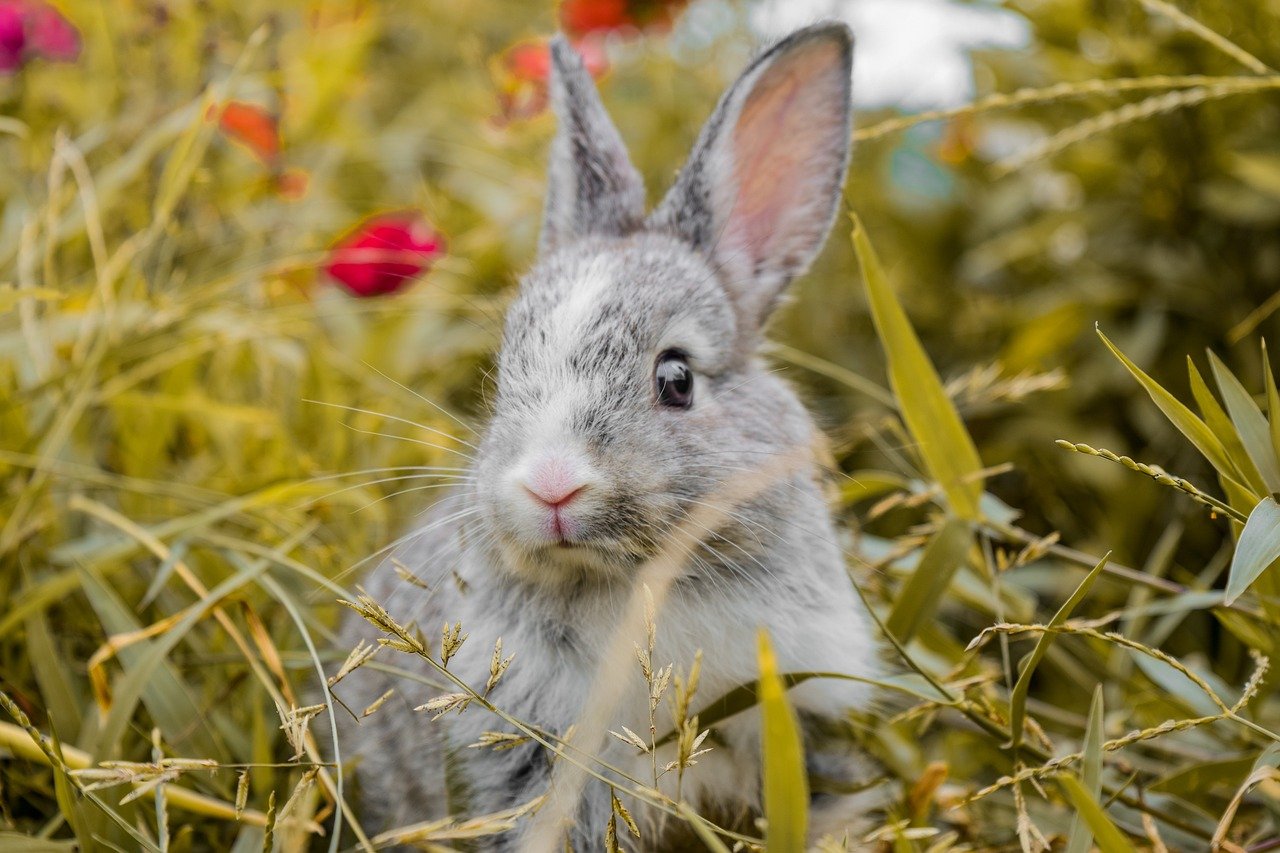Rabbits, those adorable, fluffy creatures with twitching noses and long ears, have captured the hearts of many. But did you know there’s more to these furry friends than meets the eye? From their peculiar behaviors to their unique physical features, rabbits are full of surprises. Whether you’re a seasoned rabbit owner or just a curious animal lover, you’ll find these quirky traits both fascinating and endearing. Let’s hop into the world of rabbits and discover what makes them truly special.
Thumping: The Rabbit’s Warning Signal
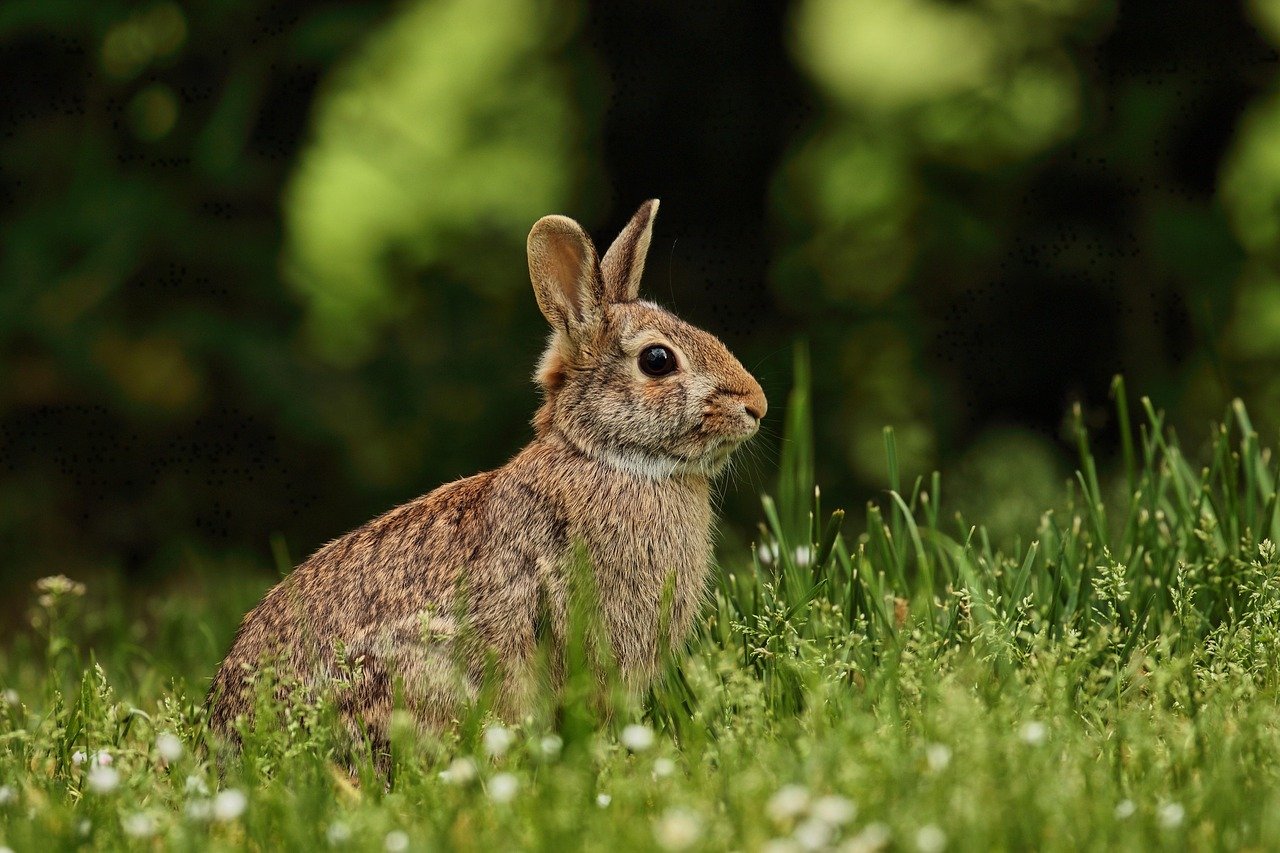
Rabbits may be soft, quiet, and unassuming at first glance—but spend a little time with them, and you’ll discover they’re full of charm, personality, and some delightfully odd habits. From dramatic flops and happy hops to their obsession with cardboard and routines, rabbits have a way of surprising you with just how expressive and unique they really are. These quirky traits aren’t just cute—they’re part of what makes rabbits such fascinating companions.
Imagine a rabbit suddenly thumping its hind legs on the ground. This behavior is not just random but a warning signal, a way to alert fellow rabbits of potential danger. The sound, loud and clear, acts like an alarm in the rabbit world. It’s their way of saying, “Be careful, something’s not right!” This instinctual behavior is deeply rooted in their survival tactics, having evolved over centuries to keep them safe from predators. Even domesticated rabbits retain this trait, often startling their human companions with unexpected thumps.
Binkying: The Joyful Dance
Have you ever seen a rabbit leap into the air, twisting its body in a joyous dance? This delightful display is known as “binkying.” When a rabbit binkies, it’s a clear sign of happiness and excitement. This exuberant behavior can be compared to a child jumping with glee. It’s their way of expressing sheer joy, often bringing smiles to anyone lucky enough to witness it. Observing a rabbit binky is like watching a spontaneous performance, full of energy and life.
360-Degree Vision: Eyes on the Back
Rabbits possess an extraordinary field of vision, almost 360 degrees, allowing them to see nearly everything around them without moving their heads. This remarkable trait helps them keep an eye out for predators, making them excellent at spotting danger. However, there’s a small blind spot right in front of their nose and directly behind them. Their wide-ranging vision is like having a built-in security system, always on alert to ensure their safety.
Chinning: Marking Their Territory
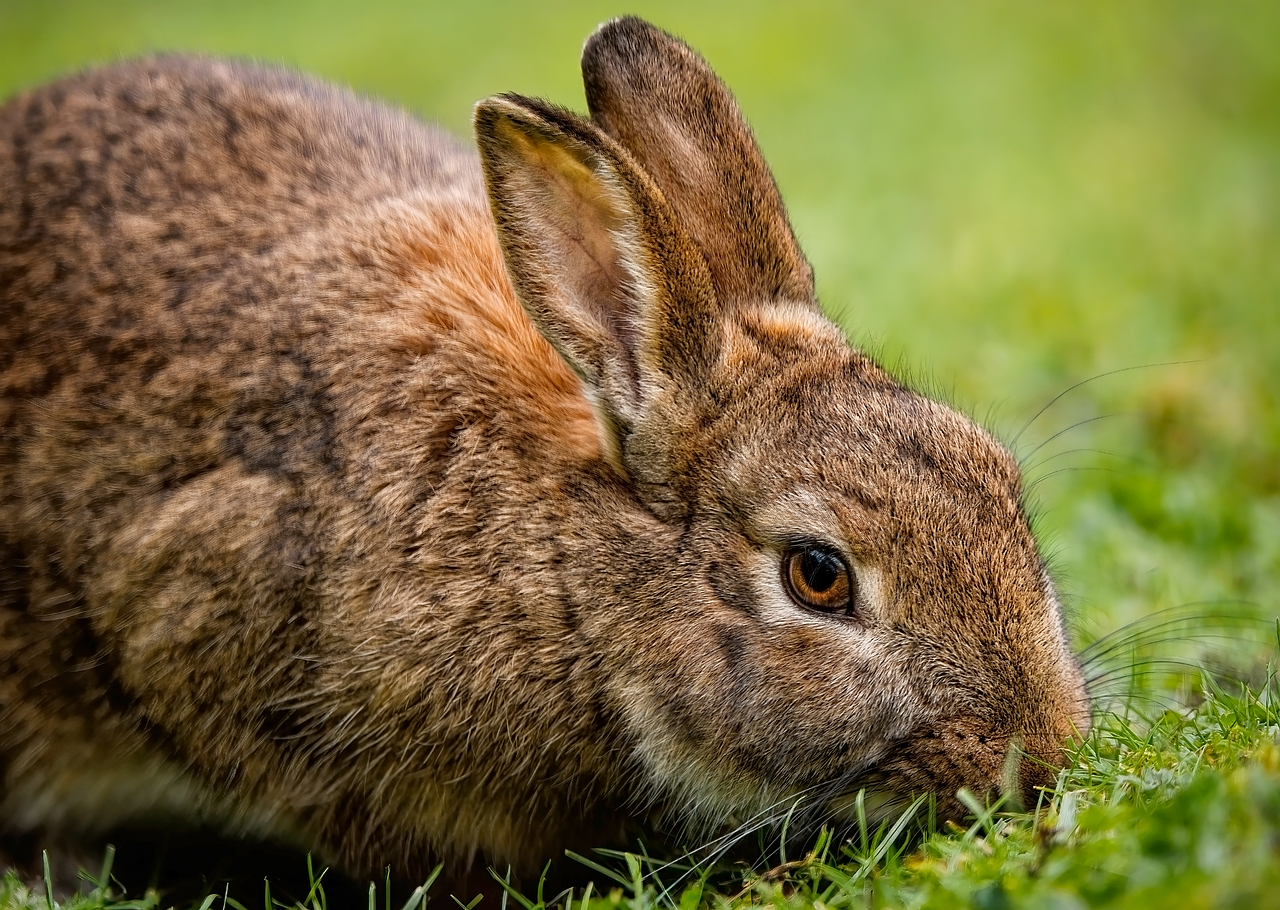
Rabbits have scent glands under their chins, and they use these to mark their territory. When you see a rabbit rubbing its chin on objects, it’s claiming ownership. This behavior is similar to how cats rub their faces against furniture. It’s their way of saying, “This is mine!” This territorial marking is essential for communication among rabbits, as it helps them establish boundaries and recognize each other’s presence.
Teeth Grinding: The Purr of Contentment
While many associate teeth grinding with discomfort, in rabbits, gentle grinding is a sign of contentment. Often referred to as “purring,” this subtle sound indicates that a rabbit is relaxed and happy. It’s akin to a cat’s purr, soothing and reassuring. When a rabbit grinds its teeth softly, it’s expressing comfort, often while being petted or resting comfortably. This calming behavior is a testament to their gentle nature and trust in their surroundings.
Unique Digestion: The Cecotropes Secret
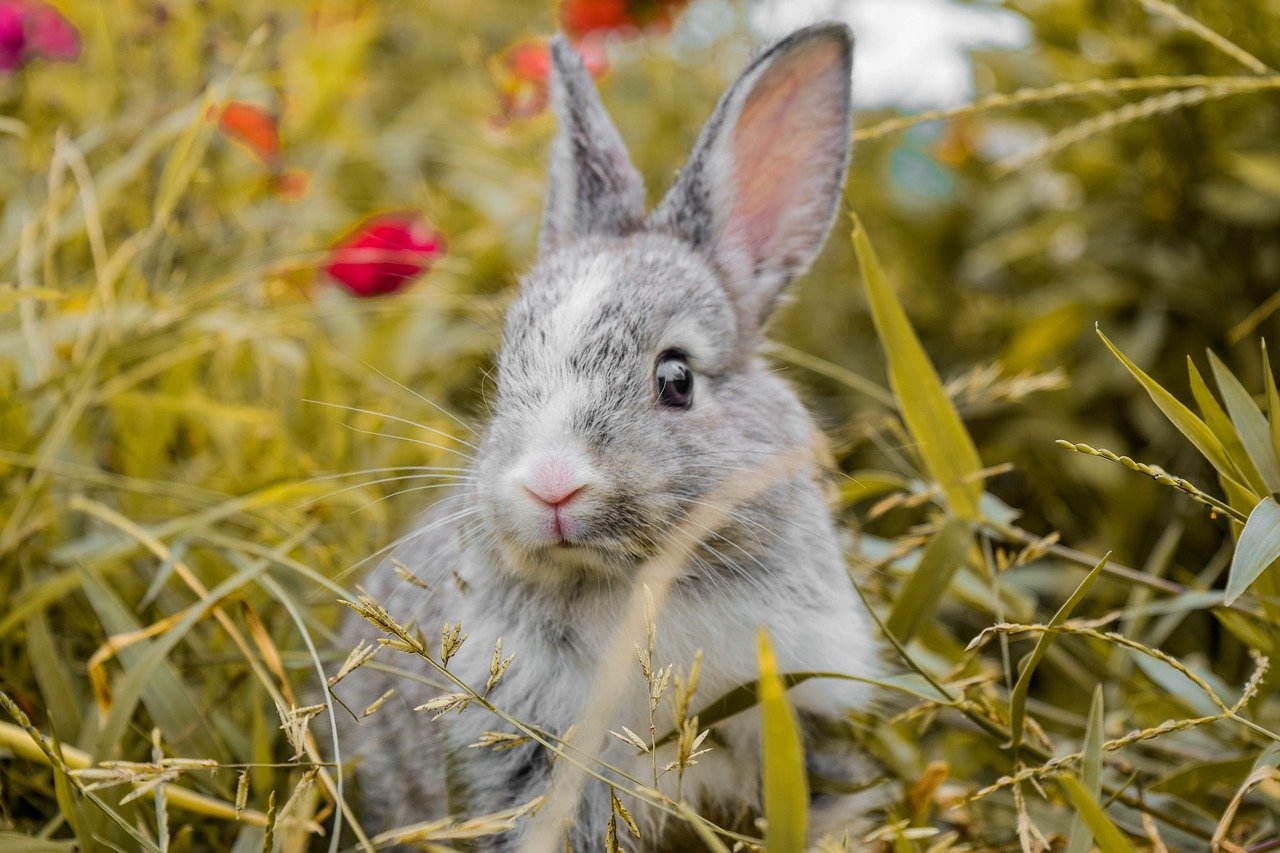
Rabbits have a unique digestive process that involves producing cecotropes, nutrient-rich droppings that they consume. This might sound strange, but it’s crucial for their health. Cecotropes contain essential nutrients that rabbits need to thrive, and re-ingesting them ensures they get the most out of their food. This process is similar to how cows chew cud, maximizing their nutritional intake. It’s a fascinating yet quirky trait that highlights their unique biology.
Powerful Hind Legs: Built for Speed
Rabbits are built for speed, thanks to their powerful hind legs. These strong limbs allow them to leap great distances and run swiftly, essential skills for escaping predators in the wild. A rabbit’s jump can cover several feet in a single bound, showcasing their agility and strength. Their legs are like finely tuned springs, propelling them forward with impressive force. This physical prowess is not only a survival mechanism but also contributes to their playful nature.
Social Creatures: The Need for Companionship
Rabbits are inherently social animals, thriving in the company of others. In the wild, they live in groups, relying on each other for protection and companionship. Domesticated rabbits also benefit from having a friend, often forming strong bonds with other rabbits or even their human caregivers. Their social nature is comparable to that of dogs, seeking interaction and affection. Providing companionship is vital for a rabbit’s emotional well-being, ensuring they lead happy, fulfilled lives.
Crepuscular Habits: Active at Dawn and Dusk
Rabbits are crepuscular, meaning they are most active during the early morning and late evening. This behavior is a survival strategy, allowing them to avoid predators that are active during the day or night. Their twilight activity is akin to a natural rhythm, aligning with the quieter, safer times of the day. Understanding this trait helps rabbit owners cater to their pets’ natural habits, ensuring they can engage in play and exploration when they’re most energetic.
Grooming Rituals: The Cleanliness Obsession
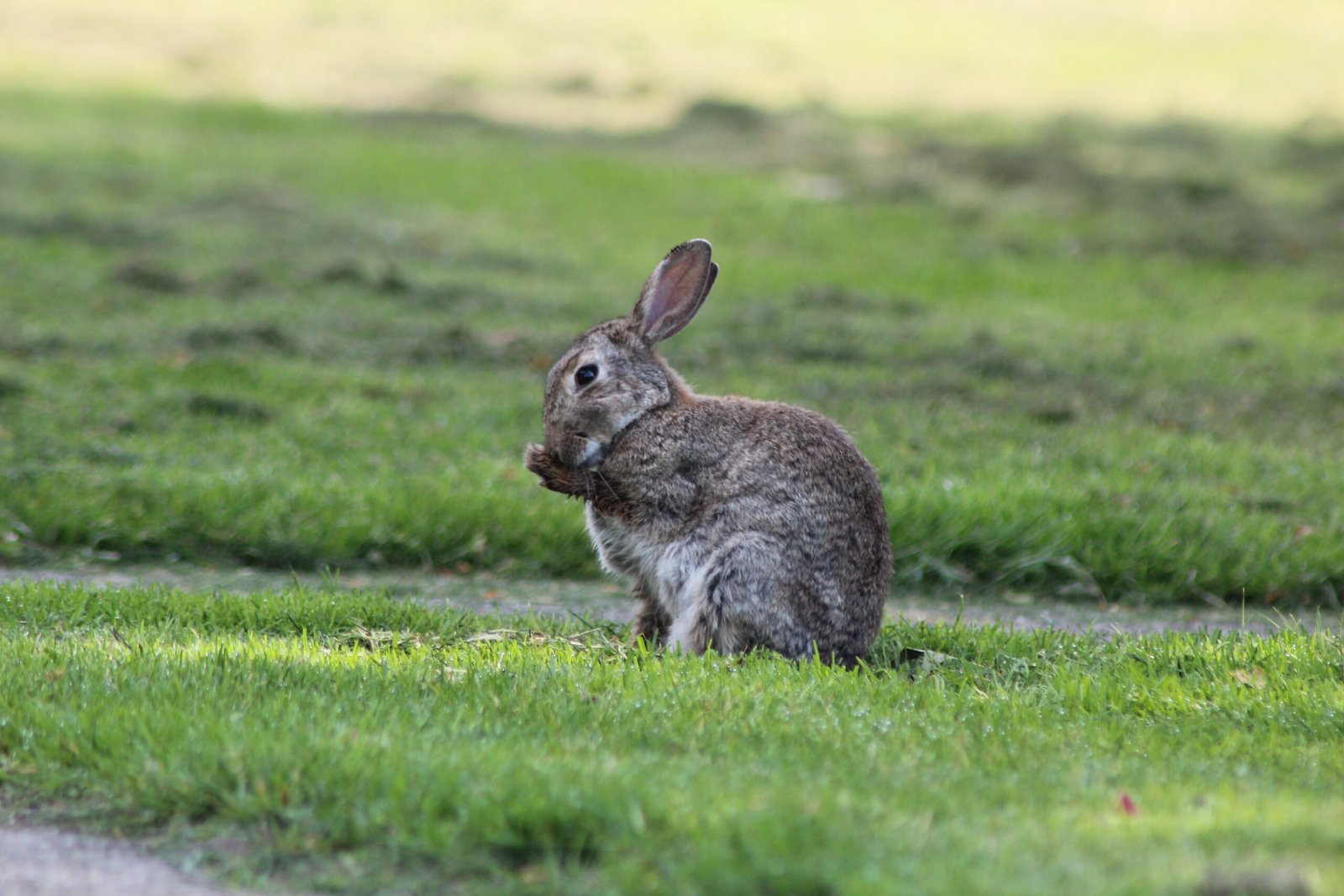
Rabbits are meticulous groomers, spending significant time cleaning themselves. This grooming ritual is essential for their hygiene, helping them maintain their soft, fluffy coats. It’s similar to how cats groom themselves, ensuring they remain clean and free from parasites. Rabbits also groom each other, a social behavior that strengthens bonds and establishes trust. Their dedication to cleanliness is another endearing quality that makes them such delightful companions.
Unique Communication: The Language of Ears
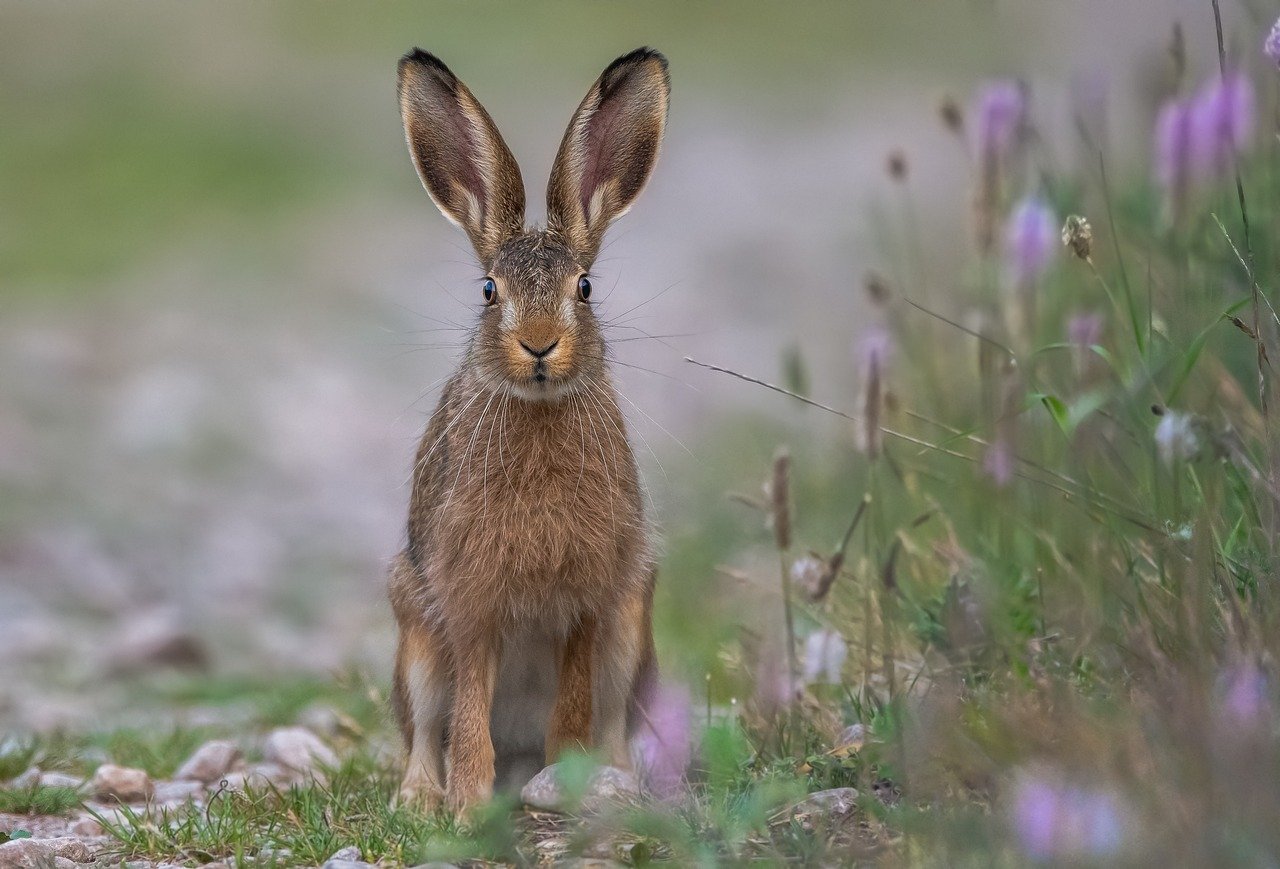
A rabbit’s ears are not just for hearing; they are also a tool for communication. The position and movement of their ears convey various emotions and intentions. For instance, ears held back might indicate anger or annoyance, while forward-facing ears show curiosity or interest. This non-verbal communication is like a language of its own, allowing rabbits to express themselves without uttering a sound. Understanding this ear language helps rabbit owners connect with their pets on a deeper level.
Longevity and Loyalty: Lifelong Companions
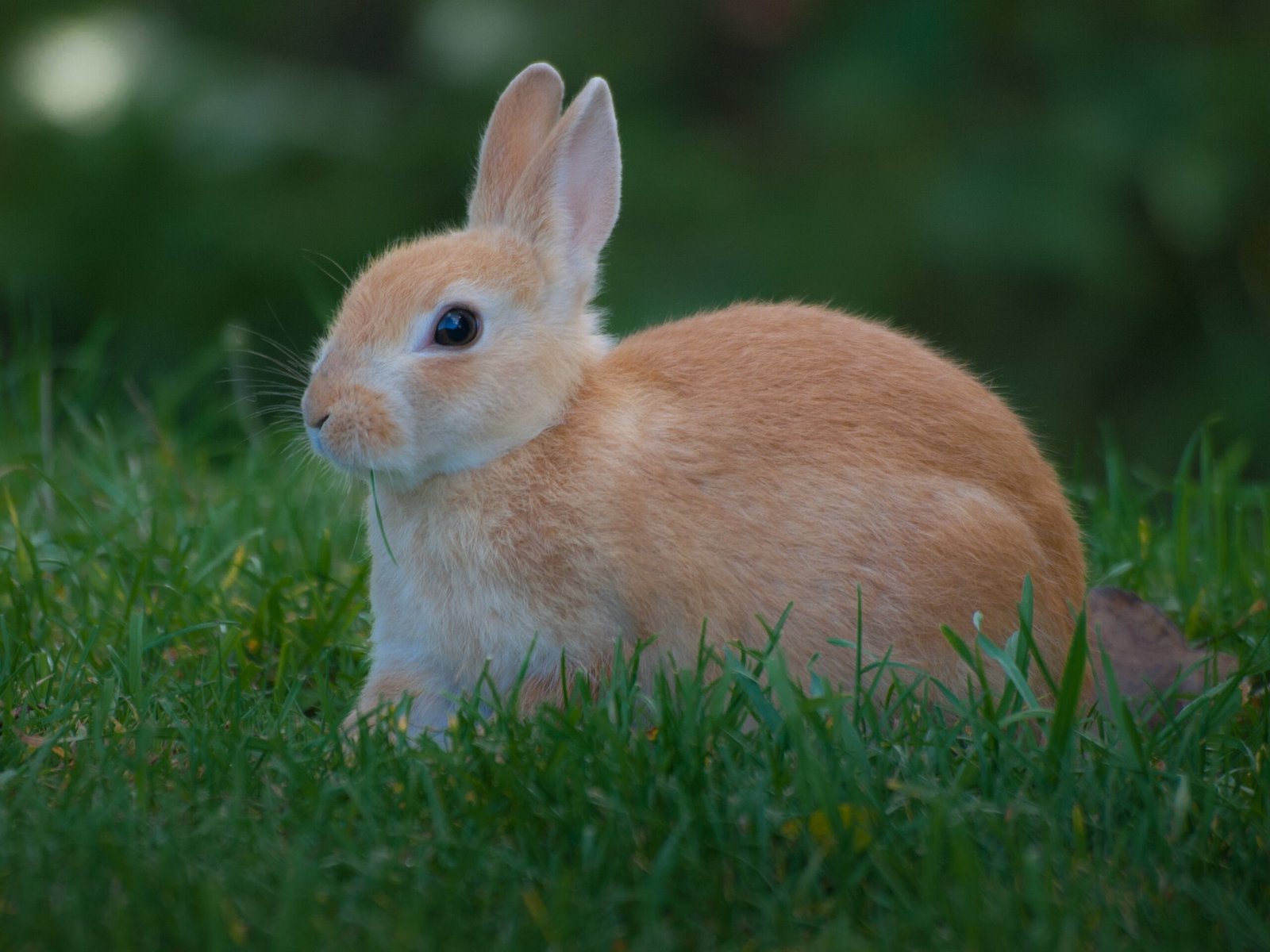
Rabbits, when cared for properly, can live for many years, often forming deep bonds with their owners. Their loyalty and affectionate nature make them wonderful companions, offering both joy and comfort. A rabbit’s long lifespan allows for a lasting relationship, filled with shared moments and memories. This enduring companionship is akin to the bond shared with dogs or cats, providing a sense of continuity and love. Embracing a rabbit as part of the family means welcoming a friend for life.
Rabbits, with their quirky traits and endearing behaviors, offer a glimpse into a world filled with wonder and joy. From their unique communication methods to their playful antics, they continue to captivate and charm those who take the time to understand them. So, next time you see a rabbit, remember these special traits that make them truly unique.

Linnea is a born and bred Swede but spends as much time as possible in Cape Town, South Africa. This is mainly due to Cape Town’s extraordinary scenery, wildlife, and atmosphere (in other words, because Cape Town is heaven on earth.) That being said, Sweden’s majestic forests forever hold a special place in her heart. Linnea spends as much time as she can close to the ocean collecting sea shells or in the park admiring puppies.

